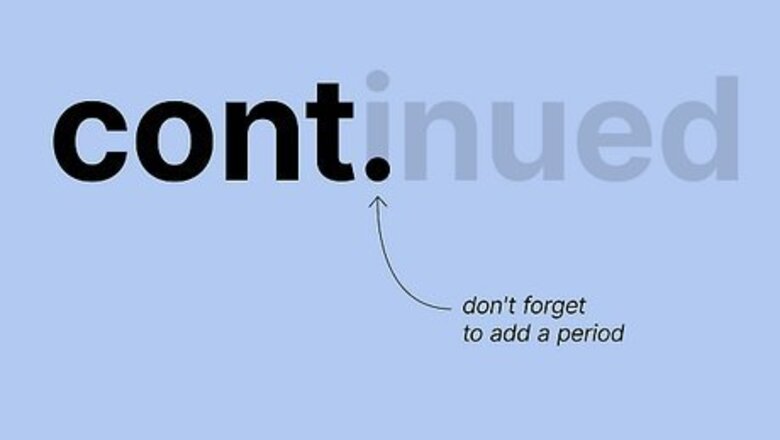
views
- Write “cont.” as the abbreviation for “continued” in business or casual writing.
- Use “cont’d” as a contraction in informal, journalistic, or screenplay writing.
- Avoid using “con’t” since it’s a grammatically incorrect contraction.
- Try to use the whole phrase “Continued on next page” or leave it out entirely. If you include it, use “cont.” or “cont’d” according to your preferred style guidelines.
Correct Abbreviation
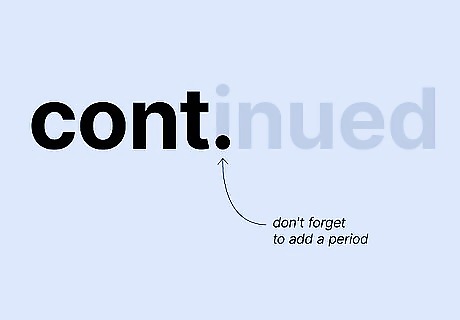
Write “cont.” as the abbreviation for “continued.” According to dictionaries and most English language style guides, “cont.” is the official, correct abbreviation. When you need to abbreviate the word “continued,” lop off everything after the letter “t” and add a period (the abbreviation is not correct without the period). Abbreviations are shortened forms of written words. Some are formed from the first few letters, and some omit letters from the middle of the word. For example, “Sep.” contains the first 3 letters of “September” and “govt.” leaves out letters in the middle of “government.” Nearly all abbreviations end in a period.
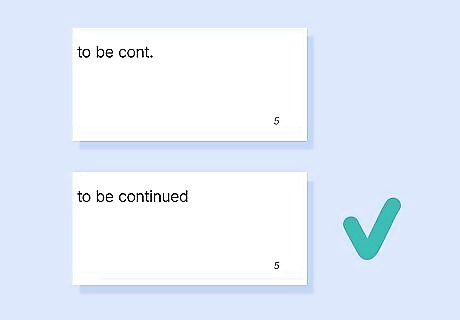
Use “cont.” in both professional and casual writing. “Cont.” is pretty universally recognizable to English readers and is OK to use when space is tight and you need to shorten the word (like in a table or slideshow title). If you’re using it in business or professional writing, double check your company’s preferred style guide—they may prefer for you to use the full word or the contraction version of “continued.” Use abbreviations in section headings, titles, or tables and charts. Try to avoid using them in full sentences where possible. In formal writing, use the “cont.” abbreviation sparingly and spell out the full word “continued” if it will fit on the line, page, or box where it’s needed.
Correct Contraction

Write the contraction “cont’d” as an alternative to “cont.” “Cont’d” does not appear officially in many style guides, but is generally seen as a correct alternative to the abbreviation “cont.” To make a contraction of “continued,” omit all the letters between “t” and “d” and replace them with an apostrophe. A contraction is the shortening of a word by omission of a letter (or letters) that’s replaced by an apostrophe (for example: “can’t” means “cannot”).

Use “cont’d” in casual, journalistic, or screenplay writing. “Cont’d” is seen as a more casual alternative to “cont.” and is best for informal shorthand. It appears slightly less often than “cont.” since it’s one character longer and a little less clear. It’s also used when you’re writing a news article or typing up a screenplay to show that an story or a line of dialogue continues after a page break or stage direction. For example, a screenplay direction might say: MARIA“I’m tired of this town.”(Maria stands up.)MARIA (CONT’D)“And I’m never coming back!”
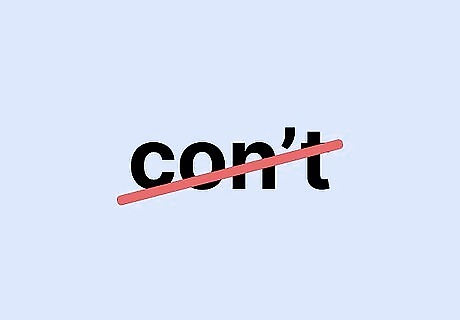
Steer clear of using “con’t.” “Con’t” is an incorrect contraction for several reasons. First, the apostrophe isn’t replacing any letters (it’s just thrown between the “n” and the “t”). Second, most contractions retain at least half of the letters of the full word. Since “con’t” doesn’t, it’s grammatically incorrect. Avoid using this form of the word in any scenario. “Con’t” is also not an abbreviation because of the apostrophe and because there’s no period at the end.
Shortening “Continued on Next Page”
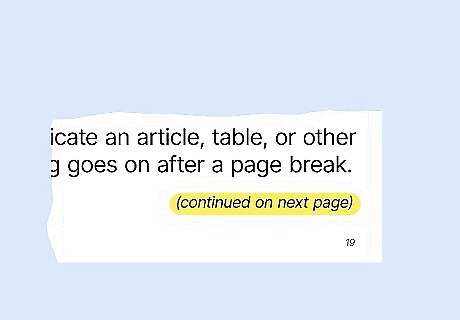
Use the full “continued” or omit “Continued on next page” if possible. If there’s room, use the whole phrase “Continued on next page” or “Continued on page X” to indicate an article, table, or other writing goes on after a page break. If there’s no room, consider deleting it altogether. Page numbers and the fact that the story or article hasn’t concluded will cue the reader to read on. If you need to shorten “continued,” use “cont.” or “cont’d” according to your style preferences. If it’s personal or informal work, use whichever you like! “Continued on page X” is useful if it’s not immediately clear where a news or magazine story picks up later on in the issue. “Continued on next page” is typically written in smaller, italicized font to separate it from the main body of text.




















Comments
0 comment